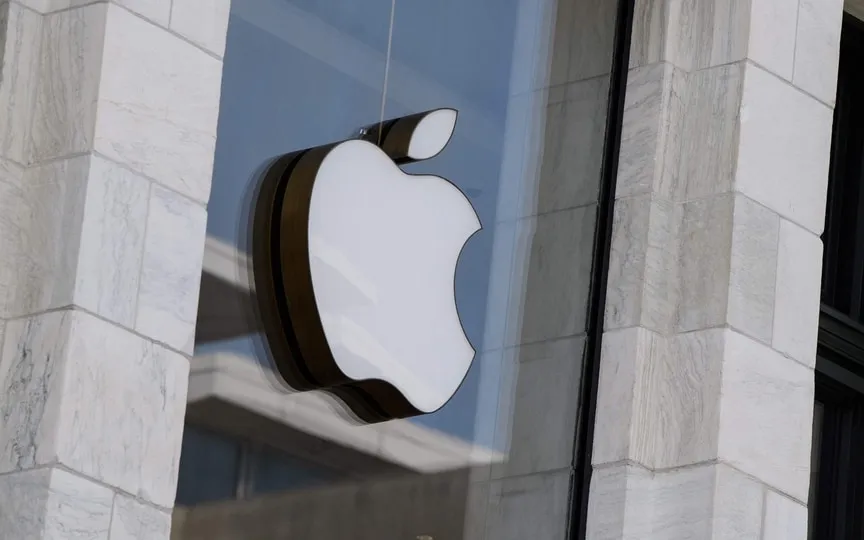Gannett Introduces Generative AI with Human Oversight
Gannett, the publisher, intends to incorporate generative artificial intelligence into its story publishing system, following the lead of other news organizations, in a bid to enhance efficiency and reduce costs.
But the largest U.S. newspaper publisher, with more than 200 daily publications, said it will involve people in the process so the technology cannot be deployed automatically without oversight. Generative AI is a way to improve efficiency and remove tedious tasks from suppliers, Gannett vice president and chief product officer Renn Turiano said.
However, Turiano added, “The desire to go fast was a mistake for some of the other news services,” he said, without naming a specific channel. “We won’t make that mistake.”
Gannett is hardly alone in its balancing act. For example, Reuters President Paul Bascobert said in a statement Thursday, responding to a reporter’s request for comment on the company’s plans, that as the news agency embraces artificial intelligence technologies, it is “taking a responsible approach that safeguards accuracy and builds trust.”
Many US news outlets are struggling with how best to incorporate AI tools that generate new content or data in response to a user prompt or question.
But the limitations of generative AI, which include a tendency to “hallucinate” or provide false information with certainty, are particularly problematic in a field that demands precision, some experts say.
“Where I’m at right now, I wouldn’t recommend these models for any journalistic use case where you’re automatically publishing on a public channel,” said Nicholas Diakopoulos, an assistant professor at Northwestern University.
Gannett’s strategy mirrors the measured approach taken by many mainstream newsrooms.
Their caution follows widespread coverage of generative AI in media outlets including CNET and Men’s Journal. Both publications used the technique to create factually incorrect stories.
Next quarter, Gannett will roll out a live pilot program that uses artificial intelligence to identify key points in an article and create bulleted summaries at the top of the article. The feature will be published in the fourth quarter of USA Today. Journalists have the final say when deciding whether to use AI suggestions. Gannett will eventually incorporate this summarization technology into its publishing system.
Gannett journalists are fighting to make sure technology doesn’t replace them. Hundreds left their jobs due to layoffs and wage freezes on June 5. Generative artificial intelligence is a sticking point in some negotiations with the company, the union said.
“The concern other than replacing our colleagues is that we don’t think it’s an adequate replacement,” said Ilana Keller, a reporter at the Asbury Park Press in New Jersey.
A spokesperson for the company said the use of artificial intelligence will not replace journalists and will be used as a tool to help them be more efficient and focus on creating more valuable content.
Last year, Gannett, which has $1.23 billion in debt from its 2019 merger with GateHouse, laid off more than 600 workers. But its cost cuts have made it profitable.
‘NOT THERE YET’
As part of its push, Gannett is also developing a generative AI tool that takes long stories and breaks them down into different lengths and formats, such as bullet points or image captions, to create a slideshow.
To sum up their stories, Gannett credits Cohere, a company that competes with Microsoft-backed OpenAI, which developed the ChatGPT chatbot. Gannett spent two weeks training Cohere’s large language model on 1,000 previously published stories whose editors had written summaries.
To further train the model, editors from the USA Today Politics team reviewed and edited the automated summaries and list-specific highlights.
While most news organizations have long relied on some form of AI for things like content recommendation and personalization, new developments in generative AI are rekindling the industry’s interest.
Gannett has also experimented with natural language generation (NLG), a form of artificial intelligence that builds narrative text around factual information to create a story. It doesn’t “think” like generative AI. Reporters check stories before publication.
Other news outlets approach generative AI with varying degrees of commitment and caution. The New York Times and Washington Post are in the planning stages, according to a Times memo seen by Reuters and a Washington Post announcement.
Bloomberg, which competes with Reuters, is developing its own generative artificial intelligence model, BloombergGPT, which it has trained on financial data.
The New York Times, Washington Post and Bloomberg declined to comment on their plans.
Reuters uses AI for speech-to-text transcription, for example, to produce scripts and captions for videos, but does not publish AI-generated stories, videos or photos, according to a May message to staff from editor-in-chief Alessandra. A gallon of AI instructions for Reuters reporters.
BBC News Labs, the broadcaster’s innovation incubator, is testing whether that side can automate the creation of short-form explainers.
For these stories, BBC News Labs built a prototype based on pre-published pieces of BBC content and uses the ChatGPT-3 template to write it. “It never gets anywhere near the audience unless it’s manually pulled out by a reporter,” said Miranda Marcus, head of BBC News Labs.
“There’s a whole other universe of what kind of stories we can tell with these tools,” added Marcus. “But we’re not there yet.”




